Facts About Pet Food You (Probably) Never Knew
You want the best for your best friend, and that means getting the real facts about pet food that you might not have known.
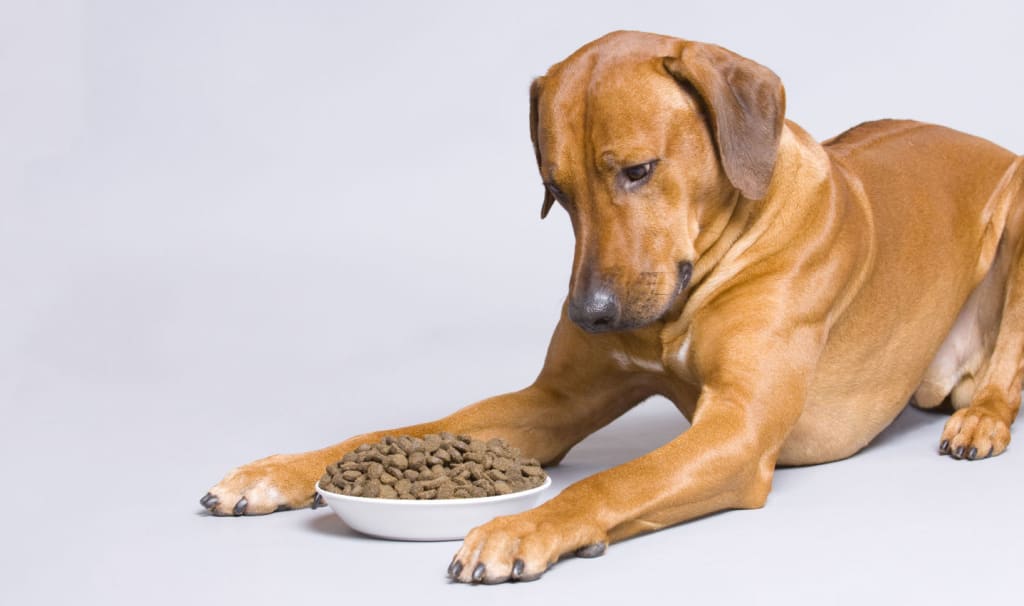
Loopholes in advertising and nutrition laws mean that brands can be verywily with their products, marketing low-quality foods as the "freshest," "most nutritious," or "all-natural" when they're really loaded with unhealthy preservatives. When it comes to buying pet food, this is especially true. It seems every brand nowadays advertises themselves as the best quality, the freshest, and the most natural. It's not like you have a list of human foods your cat can and cannot eat hanging on your fridge at all times. Many of them are not only bad for your pets, but can be actively harmful. It's important to get the real facts about pet food and know what to look for when you're out shopping, so you can guarantee your furry roommate gets all the nutrition they need, and none of the harmful substances they don't.
Less is more.
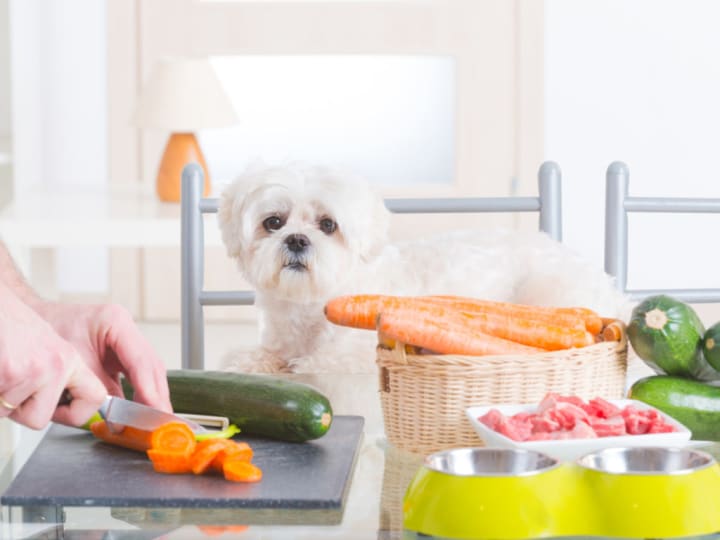
When it comes to pet food ingredients, less is more. If you just look at the front of the bag, most brands will advertise the food as a mix of some meat or meats, vegetables, and/or fruit. They are allowed to advertise that, as long as the food containsthose things. The ingredient lists will tell you what you really need to know. If it's a long list of things you can't pronounce, and seems to have every ingredient under the sun packed in there, it's probably not the best for your pet. While companies have pretty free reign over what they advertise in big letters, they are required to give you the real facts about pet food as well, and list all ingredients—including the preservatives, dyes, chemical flavoring, and other potentially harmful and completely unnecessary substances.
Hygiene matters.
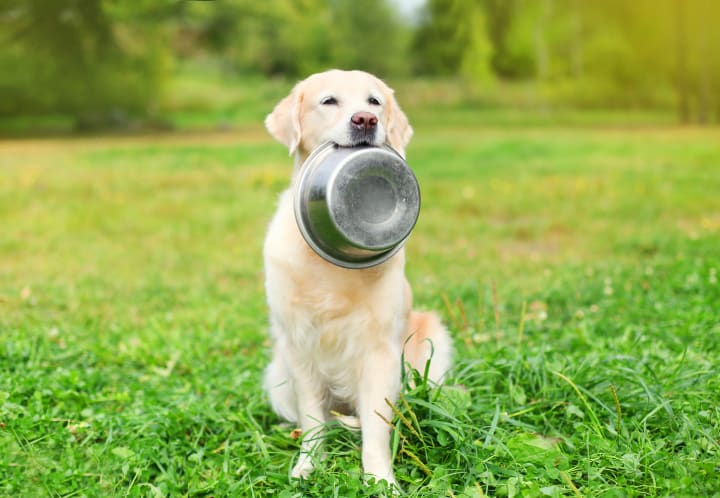
Your dog probably won't care, and your cat may or may not, but you should certainly care about the cleanliness of your pets' dishes. A dirty food bowl, refilled over and over again on top of leftover, slimed-up crumbs or residue from wet food, can be a major hazard to your pet's health. Clean your pets' food bowls regularly to keep bacteria from growing and contaminating their food. Your pet is going to eat it regardless, so its your responsibility to protect them from the discomfort of vomiting and diarrhea, and dangers of dehydration and other symptoms of bacterial infections. This isn't just for wet food: It might seem like those dry bits of kibble aren't going to grow bacteria, but many of the tiny leftover bits fall out of your pets' mouth as they eat.
Your pets need lots of protein.
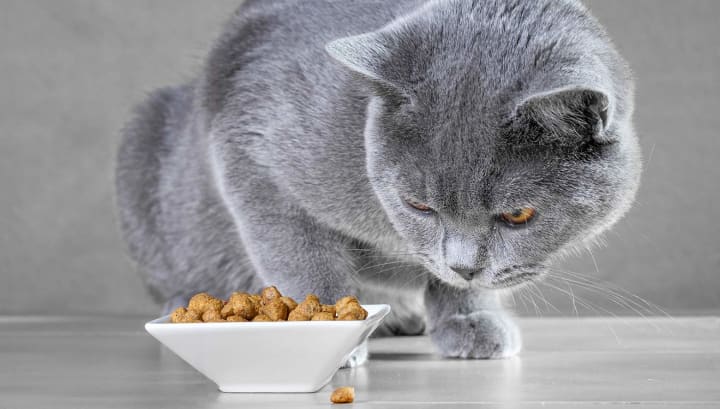
Yes, humans are omnivores, and can function perfectly fine without meat, as long as protein is sufficiently substituted. Your pets, on the other hand, cannot. Period. Cats and dogs need an incredibly protein-rich diet, and don't actually require much in the way of grain-based foods like the wheat or other grains that usually make up a huge proportion of many commercial pet foods. This isn't to say that listing wheat or other grains as an ingredient means you should avoid that brand of food, but you should be watching where it stands in relation to the protein content, which comes from meat. You want to look for foods that list the first ingredients as chicken, beef, turkey, fish, etc., and not hiding those important foods further down the list. It might be easier for you though if you consider why you should feed your dog grain-free food.
"Meal" is a loaded word.
There's a big difference between "chicken" and "chicken meal." Some pet foods might seem to fit the criteria for high quality food, having meats as the primary ingredients and avoiding many chemicals and preservatives, but that doesn't mean it's meat that you want to be feeding your pets. Processed or rendered meat "meal" can contain far more than the nutrient-rich, protein-rich meat that we consider food. In fact, meat "meal" can contain just about any part of the animal it came from, including bone, blood, skin, and even feathers. You want to make sure you don't get swindled by cheap manufacturers, so know the facts about pet food and its ingredients before you buy low quality meat.
Some food brands use otherwise unusable meat.
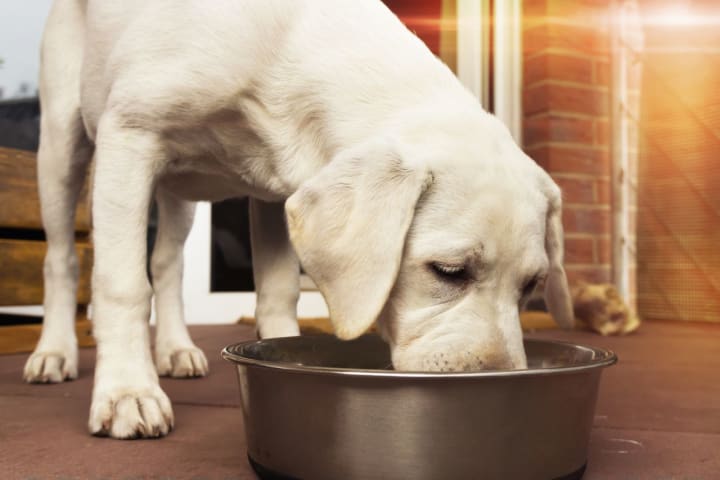
The unfortunate, and frightening, truth is that many pet food brands try to cut corners and use meat and animal products that would never pass muster in a health inspection. You don't want to be feeding your fur baby roadkill, right? Dead, dying, diseased animals can't be used for meat for human consumption, but an unfortunate fact about pet food is that there are no such restrictions on pet food manufacturers. Make sure you buy human-grade food for your pets, so they don't end up eating the fast food version of normal pet food, processed remains of inedible carcasses.
Every dog's dietary needs are different.
Your friend might swear by the dog food she feeds her husky, but that doesn't mean it's right for your bulldog. Even within species, different dogs have different dietary requirements. Very often, dogs and cats will have health problems or behaviors that are actually caused by their food diet. Sometimes, that's because the food itself contains dangerous chemicals or preservatives. Oftentimes, it's simply a matter of finding the right food and eating habits for your individual pet. General nutritional facts about pet food should act as your starting point, but if your pet is showing signs of discomfort like vomiting or diarrhea, behaving strangely, or rapidly losing or gaining weight, you should talk to your vet about getting them on the perfect diet for their health.
Nutrients come from real ingredients.
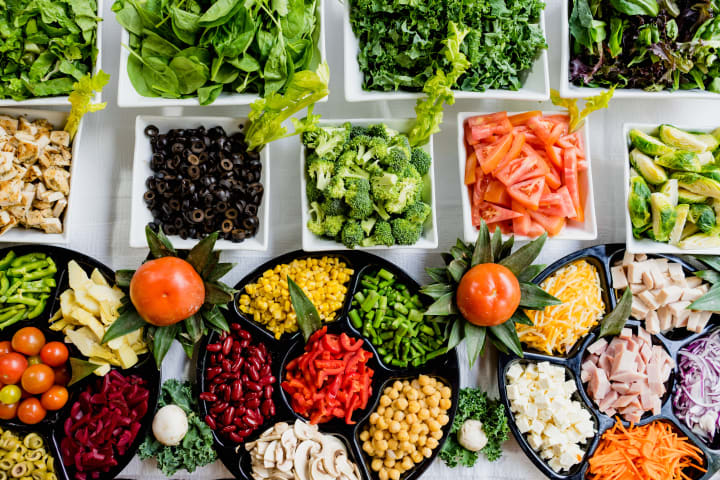
Dogs and cats need a steady, balanced diet that provides all of the amino acids and vitamins they need on a regular basis. Many pet food companies processing kibbles, dog foods, and cat foods try to pack these pet nutrients into their product, but they have to do it artificially. This is because the original ingredients are so heavily processed and preserved that most of their natural nutrients are sapped. Fresh, unprocessed ingredients are much easier for your pets to digest, and for their digestive systems to absorb the nutrients they need. Plus, pets simply tend to enjoy fresher foods more.
Watch out for preservatives and other chemicals.
The most unfortunate fact about pet food is that it is not held to the same standards as human food. Simply put, pet food manufacturers can legally put toxic chemicals in their dog and cat food that would never pass an FDA investigation. A lot of the potentially toxic chemicals they pack into foods are used to preserve the food, which is part of the reason why fresh foods, and foods with fewer ingredients, tend to be the best options for your dogs and cats. That doesn't mean that preservatives are always bad. It just means you should look for natural preservatives when necessary, like citric acid and rosemary extract. Avoid strong chemical preservatives like butylated hydroxyanisole and tert-butylhydroquinone. A decent rule of thumb is: If you know what it is and can easily pronounce it, it's probably okay. If it looks like something you'd find on the bottle of a cleaning product, you might want to skip it. You can always find the ingredients listed on the food label, and look up any chemicals or substances you don't know.
"Raw" doesn't mean "better."
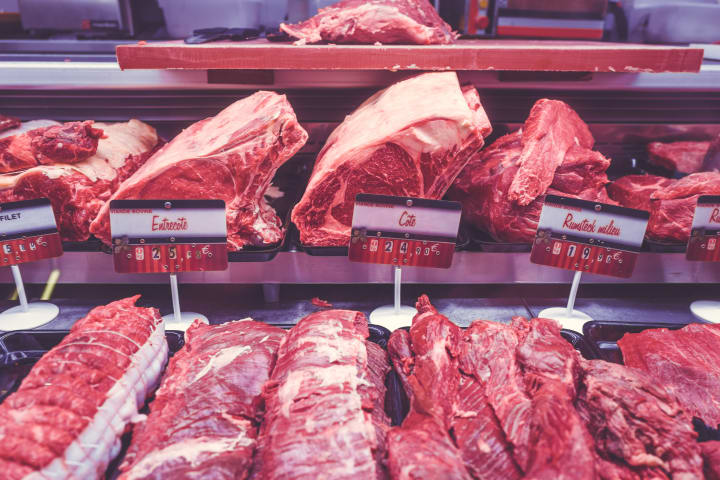
While your pets do thrive primarily on meat, they're not wild beasts. Domesticated animals can thrive perfectly well without raw meat, and in fact are better off without it due to the risks it poses—as are you. Humans don't eat raw meat for good reason: There's always a risk of food poisoning and various diseases when you eat uncooked meats, and your pets are not immune to these. While you could get lucky with a raw diet for your dog or cat, you're putting them and yourself at unnecessary risk. Plus, if you feed your pets raw foods, you will have to supplement for the other nutrients your pets needs, which they can easily get from natural pet foods designed to provide a well-balanced diet.
Pets aren't people.
One of the most obvious facts about pet food should be that although you may want to feed your pets human-quality foods, that doesn't mean you should be feeding them as if they're human. Profound though our relationship with our furry friends can be, we can't treat them like a human child. A nice plate of green beans and mashed potatoes might be a great dinner for people, but pet nutrition requires a very different breakdown of nutrients, and a certain amount of consistency. You can certainly feed them healthy human foods and the occasional treat from the table, but their main source of sustenance should be a steady diet of a natural, protein-based pet food that won't pose any health risks for them. This is especially important for certain breeds that are more disposed to issues like kidney stones or gall bladder problems, as an improper diet can cause or exacerbate these issues. Trust us, there are several foods you shouldn't feed your dogs or cats, so save them from discomfort by avoiding certain people food at all costs.
About the Creator
Nicola P. Young
Lover of Books, Saxophone, Blogs, and Dogs. Not necessarily in that order. Book blogger at heartofinkandpaper.com.






Comments
There are no comments for this story
Be the first to respond and start the conversation.